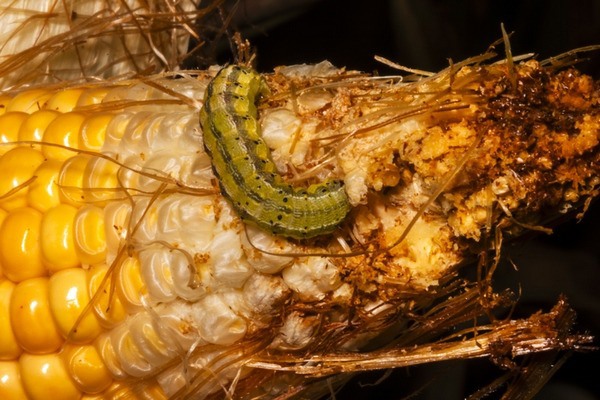Fall armyworm populations have emerged earlier than usual in New Zealand's South Island, with advanced development observed in other regions. This pest, originating from Australia in 2022, poses a threat to maize and sweet corn crops. The arable industry, alongside MPI and industry partners, is managing its spread after ruling out eradication.
Notable populations have been identified on the West Coast, with adult moths and expected second-generation larvae in the Tasman region. Warmer late winter and spring conditions have accelerated the pest's life cycle. However, a sweet corn crop in North Canterbury has not shown signs of infestation this season, and traps have yet to detect further presence in nearby crops.

Ash Mills, a biosecurity officer from the Foundation for Arable Research (FAR), reported four confirmed farms with the pest, with more expected on the West Coast. "It's been found in those areas in previous seasons, but not at this advanced stage," Mills stated. The Tasman region has small populations of fall armyworm in maize paddocks, with cooler conditions potentially mitigating damage.
New smart traps from Canada are being trialed for remote monitoring, with some moths caught near Richmond. "It's when those larvae are at that small size that they are really prone to chemical application," Mills noted, emphasizing the importance of monitoring traps for larvae from moth flights.
The first fall armyworm find was confirmed in Richmond in mid-December. Populations have also been found in maize crops near Motueka and Takaka. Warmer conditions have facilitated faster life cycles, but cooler weather could slow development, aligning with previous seasons.
While populations remain below economic thresholds, growers are advised to scout crops and monitor infestations. "Populations are generally well below the economic thresholds we have identified so spraying might not be required," Mills mentioned. He highlighted the role of natural predators like Cotesia ruficrus and spiders in managing populations, advising against the overuse of chemicals.
Fall armyworm presence in Northland was detected earlier than previous seasons, with a second generation of larvae emerging. Populations are also reported around Auckland, Waikato, and likely in the Bay of Plenty and Gisborne. A Sustainable Food and Fibre Futures project is enhancing pest surveillance and management efforts.
Mills cautioned about the pest's potential impact, noting, "They absolutely have the ability to defoliate crops and do severe damage to sweet corn cobs in that fresh market." New Zealand's cooler climate has so far mitigated these effects, unlike warmer regions.
Source: Rural Life
